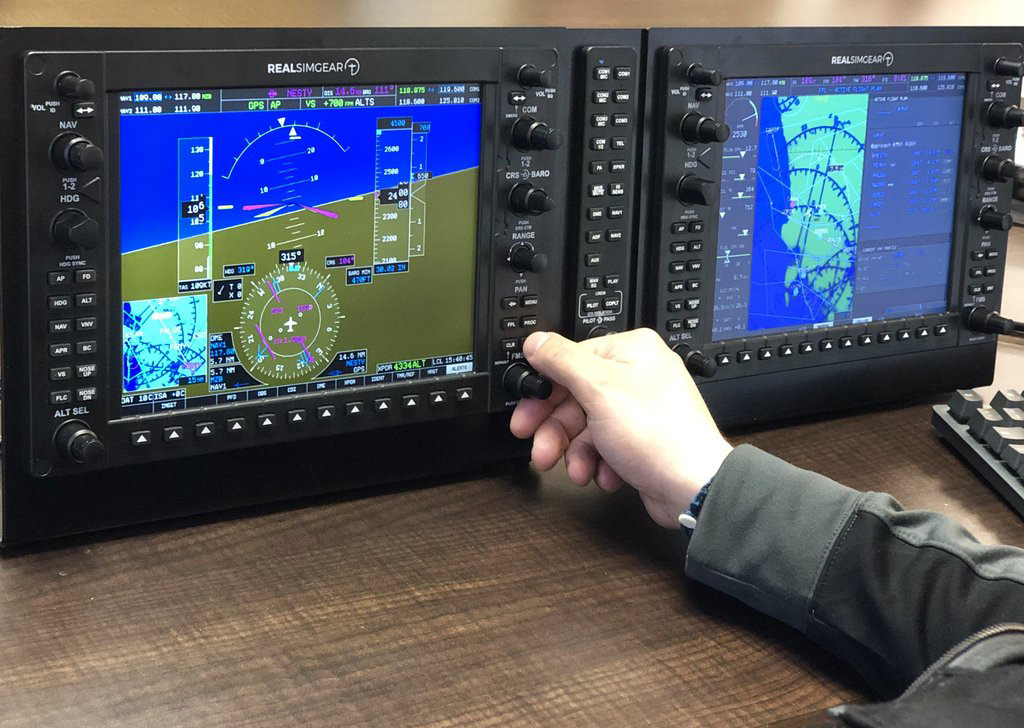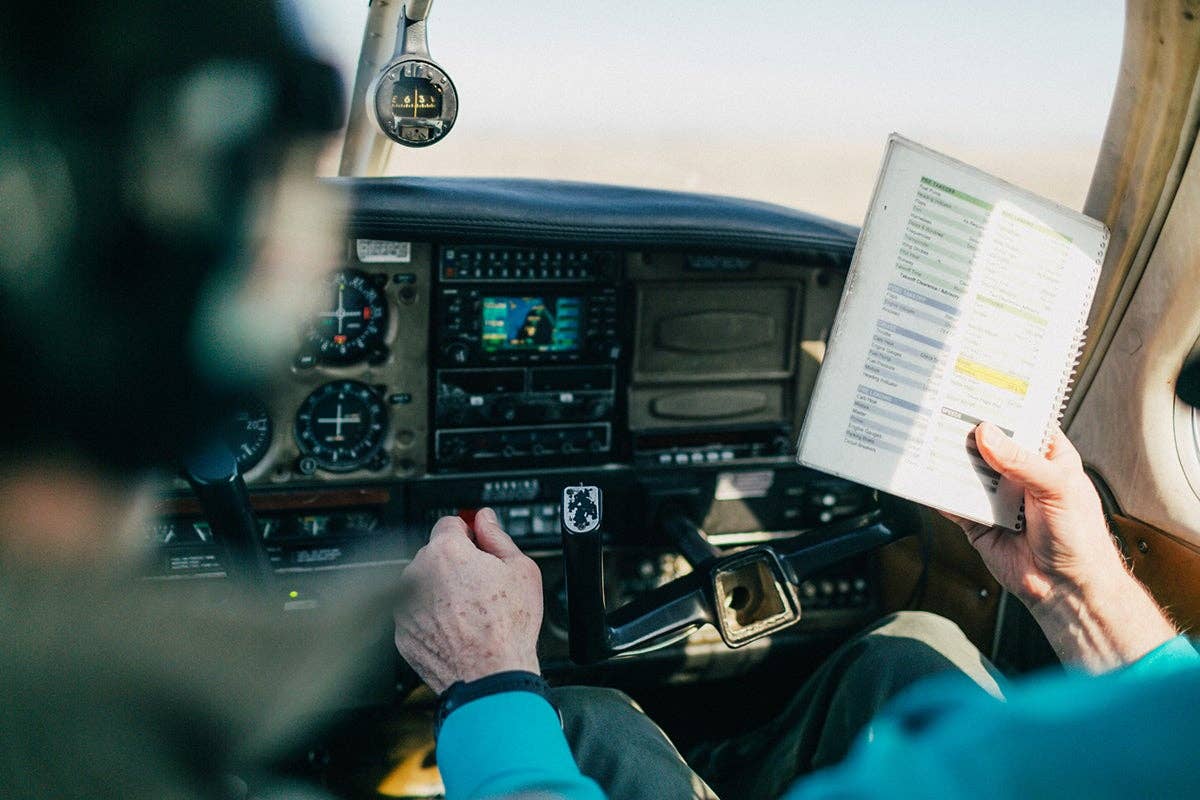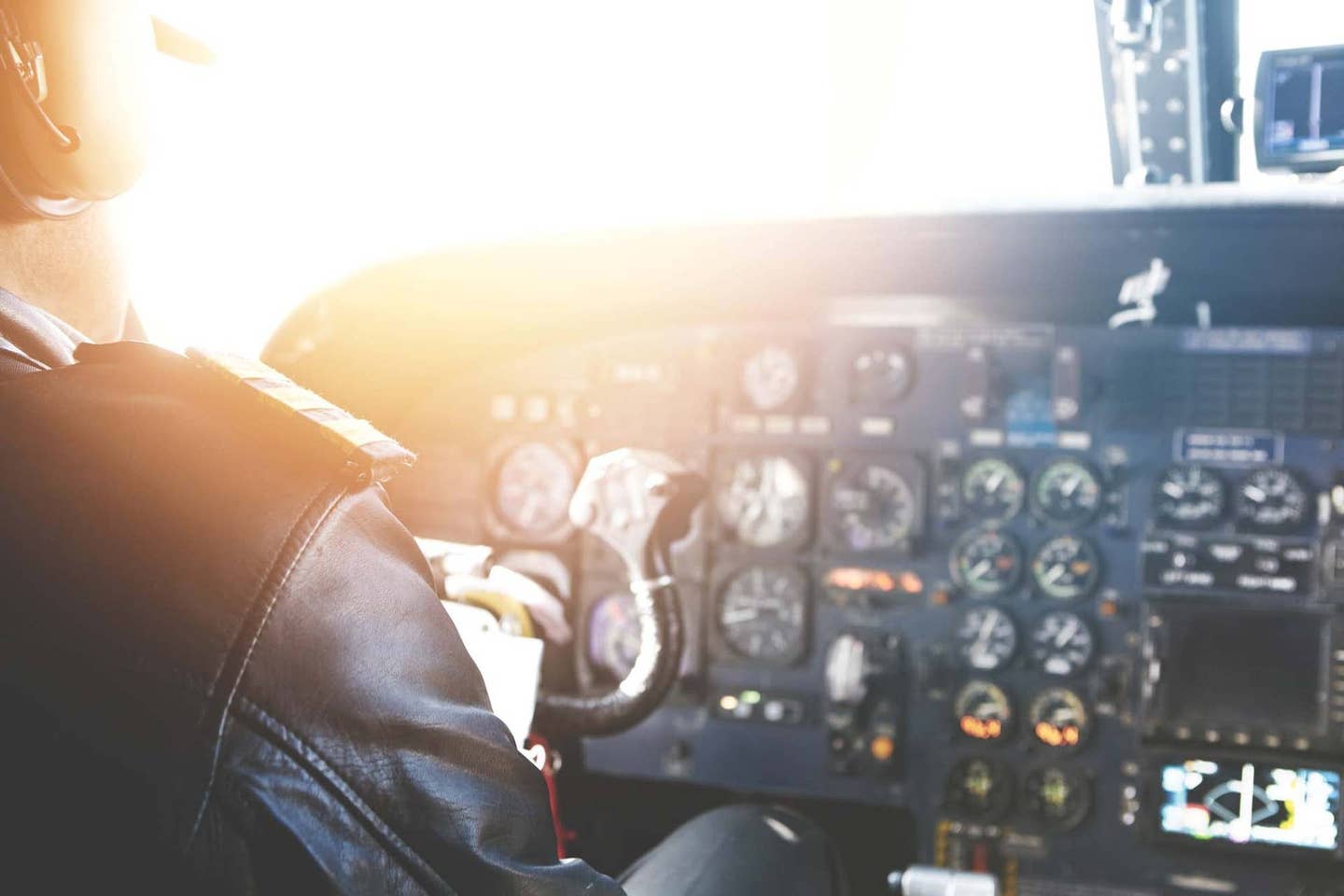
I recently got the chance to spend a couple of weeks doing some training at SimCom's Lee Vista training center (one of two such SimCom facilities in Orlando alone), and I had a great time.
The great time was no coincidence: it’s part of SimCom’s business plan. No lie.
SimCom got started as a pure business venture back in 1989 by a small group that included current company CEO Wally David. Several other current SimCom employees were there at or near the beginning, as well. Twenty-one years later, many are still there.
The first customer did his training in a nonmotion Cessna 421 flight training device in 1990. Business was slow at first. Lee Vista training center manager and longtime SimCom employee Tom Evans told me that when customers would come by to check out the place, they would turn on the red “in-use” light on the trainer to make things look busy.
Before long, they didn’t have to bother. Word about SimCom had gotten out and customers, especially owner-flown types, were coming to Orlando to get up to speed on new hardware. Flying saw the promise early on, awarding SimCom an Editor’s Choice Award for its multiengine training.
The success was built on a solid foundation.
From the beginning it was clear to the team that if they were going to compete with the big boys — that is, FlightSafety and SimuFlite — they were going to have to do it by finding strengths that set them apart from their larger competitors.
The three key words they came up with are “value, personal and friendly. “
The most obvious way to begin was by offering training in airplanes that other providers didn't have or didn't focus on. By doing this, offering initial and recurrent training in airplanes like the Cessna 421, King Air 200 and Piper Navajo, SimCom was able to attract customers who needed training for familiarization or insurance reasons but who felt more comfortable in a smaller setting.
The training was not some predetermined hole they were crammed into but a course that was designed (on the fly if need be) to fit the customer’s needs.
The small setting and friendly atmosphere of SimCom are two other main selling points. David told me that he works hard to hire the right instructors in the first place, people with real-world experience flying the airplanes they are going to teach while also being able to do the teaching part in a way that is helpful, understanding and flexible. My experience there with my instructors — Bill Ball, Leland Park and Bob Silva (all of whom are designated examiners, as well) — showed that, at least using my limited sample, the company gets it right. They were all terrific instructors, responsive to my needs and quick with an explanation or helpful tip.
The last leg of the tripod of company values is, fittingly, value. The idea is easy to get. If you give your customers personalized training, make them feel at home, and do it for a price that’s very competitive, you’re going to get some business.
And SimCom did. Starting with a staff of just a handful of friends and associates back in the early 90s, the company has grown into a truly competitive provider for many platforms, with a number of training centers, including two in Orlando, one in Dallas and one in Scottsdale, Arizona, and dozens of full-motion Level C and Level D simulators. SimCom today has around 200 employees, including more than 100 full- and part-time instructors.
Those instructors know what it’s like to be a student too. COO Tracy Brannon, for years SimCom’s go-to guy for King Air instruction, told me that he remembers while in the military doing sim work on the EC130 after a particularly tough training session he couldn’t help but wonder if he had what it took. As it so often turns out, the next day’s session was a great one and the despair was forgotten. But he remembers the challenges, because he’s been there, so he understands what students are going through.
Today SimCom has a lot of full-motion sims. But the experience wasn’t always so moving. Early on SimCom was defined by its commitment to nonmotion, visual platforms. David was a believer in this approach, despite great skepticism. He told me about one nonbeliever, an owner whose pilots were doing training on a nonmotion sim, who wanted to see if there were any truth to SimCom’s claims. He climbed into the back of the simulator box, the lights went out, the pilots advanced the throttles, rotated and the skeptic promptly fell flat on his behind. But that wasn’t all. He insisted that the instructor turn on the lights, and he proceeded to crawl around the floor searching for the motion devices that SimCom engineers, he reasoned, must have hidden around there somewhere.
After the 421, SimCom added a number of multiengine nonmotion sims, then two of its hottest performers, the Socata TBM and the Pilatus PC-12, airplanes that require no type rating to fly but which demand great pilot proficiency — the insurance companies agree.
While SimCom still keeps customers busy on nonmotion sims for airplanes that don’t require a type rating, the company has, since 1998 when it introduced its first full-motion sim for a Citation II, moved up-market in a strong way, with programs for many jets and large turboprops using full-motion simulators.
Several of these are simulators that SimCom itself manufactured. It is one of only a handful of makers of Level C and Level D simulators in the world. I spent a week in one of its Level C units, for the CitationJet, and got a thorough and reliable workout.
Today SimCom is branching out in all kinds of directions. The company recently became the official training provider for Eclipse aircraft. It operates two Level D, electric-motion sims at the company's Park South Orlando facility, where it also provides training for the Dornier Do-328, Falcon 20 and Westwind in full-motion sims.
Even with the economic downturn, David points out, SimCom still has a lot of potential business out there. Training is strongly driven by used aircraft sales. Nearly every time an airplane changes hands, he says, at least one pilot needs to get training in that new airplane.
Even though the business is expanding to suit the needs of pilots flying different kinds of airplanes on different missions, the SimCom business model hasn’t changed a bit, nor has the mission. Today as it was in 1990, the goal is to provide great training with top-notch instructors in a friendly atmosphere and at an attractive price. It’s not hard to see how that formula works just as well today as it did back then.

Sign-up for newsletters & special offers!
Get the latest FLYING stories & special offers delivered directly to your inbox






